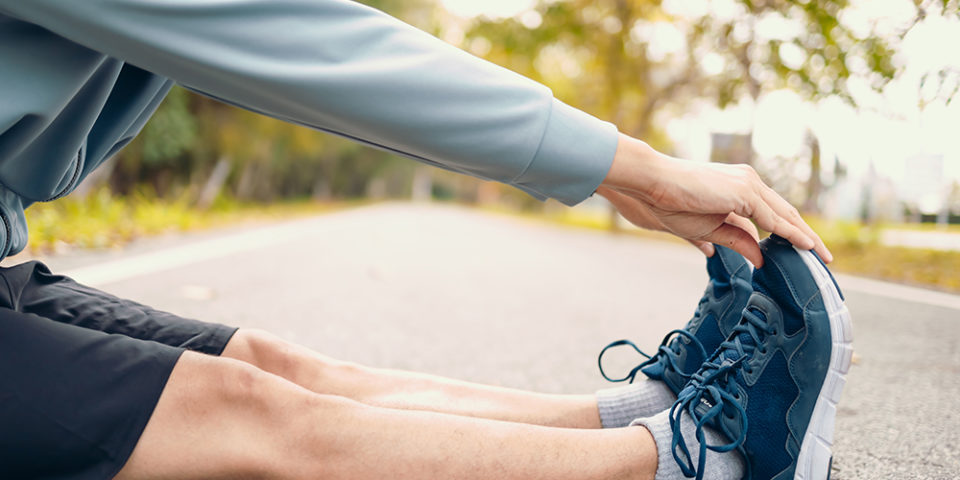How to safely start an exercise routine
You’ve decided to start an exercise routine – great! We all know that exercise is important, but how much is enough and how much is too much? Jeffrey Guy, MD, offered some tips to help you prepare.
First, getting started is half the battle. About 77% of U.S. adults do not get recommended daily amounts of exercise per week, which is about two hours of exercise in a week’s time. The most common reason people give is that they just don’t have time, so setting aside time for exercise is a great start.
“Exercise affects the brain. It improves the size of your brain and its functionality, including blood supply and blood flow,” said Dr. Guy.
Some other benefits of exercise include:
- Improves weight control
- Reduces risk of heart disease
- Helps manage blood sugar – especially if you’re diabetic, but even in people who are not
- Improves mental health
- Strengthens bones and muscles
- Reduces cancer
- Improves sleep
- Increases life expectancy
How should I prepare for an exercise routine?
Dr. Guy said preparing your body is really important when you take on a new activity. Here are ways you can prepare:
- Get a pre-exercise screening – If you’re making an aggressive change in your lifestyle, visit your doctor for a pre-screening. Getting a physical every year is important, too.
- Set goals for your activity – Get advice or coaching on what type of activity to choose and how much activity is appropriate.
- Start with progression – Ease into your new activity and make sure you’re taking breaks. It’s also helpful to mix in different activities.
- Wear appropriate clothes – Overheating and heat illness is common, so check the weather and dress appropriately.
- Wear appropriate shoes – Wearing proper shoes is important, especially among people who have flat feet or plantar fasciitis. You want shoes that have maximum cushion. If your shoes have been through four to six months of activity, they typically lose their absorptive component, so it’s important to switch to a new pair even if they still look good.
- Use appropriate techniques and stop for injuries – Don’t be the person who just pushes through and toughs it out, because it typically makes the injury worse.
- Stretch, warm up, cool down – Stretching is critical. It doesn’t really matter where and how you stretch, but just that you do it. You could be out in the field. You could be in the office and just stop for five minutes to stretch. It’s better to stretch five or 10 minutes multiple times a day, as opposed to just once for half an hour.
“All of these things are very important in terms of keeping healthy and being able to continue to exercise,” said Dr. Guy. “I can’t tell you how critical it is in preventing injury.”
Find an orthopedic specialist you trust
Find a provider who’s right for you by viewing their online profiles, star ratings and reviews.
Find an Orthopedic Doctor

